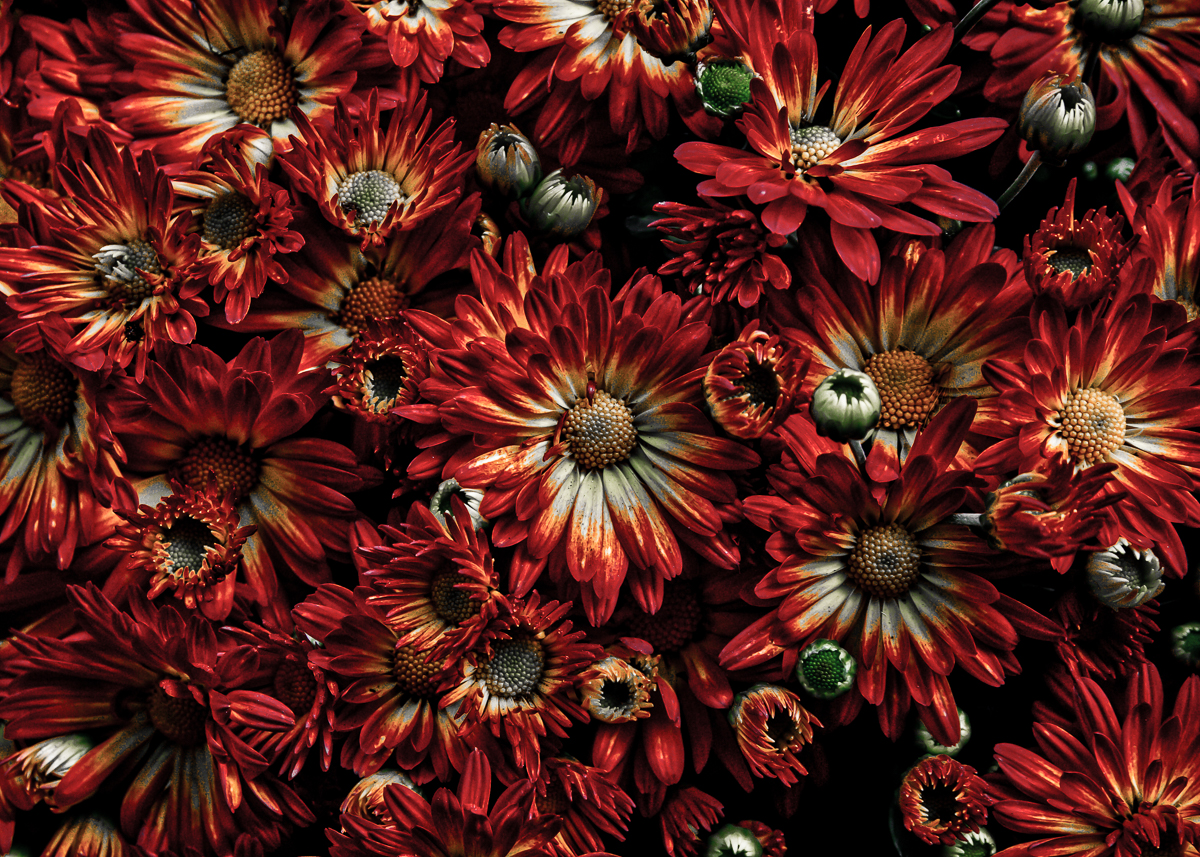
What is the source of this space image?
Introduction:
Every day, NASA releases new stunning space images that capture our imagination and expand our understanding of the universe. From breathtaking nebulae to the majestic planets, these images inspire us to explore beyond our own planet. Here’s the image of the day.
Image of the day:

The image of the day showcases a stunning view of the spiral galaxy NGC 691, captured by the Hubble Space Telescope. The galaxy is located about 120 million light-years from Earth, in the constellation of Aries. The bright stars in the foreground are in our own galaxy, the Milky Way. The intricate structures of NGC 691 are caused by the gravitational interactions between its stars and gas, creating remarkable patterns that are both beautiful and scientifically valuable.
Lists of other amazing space images:
- The Pillars of Creation: One of the most iconic images captured by the Hubble Space Telescope showcases towering columns of gas and dust in the Eagle Nebula, located about 7,000 light-years away.
- The Pale Blue Dot: Taken by the Voyager 1 spacecraft in 1990, this image shows the Earth as a tiny speck of light, from a distance of about 3.7 billion miles away.
- The Ring Nebula: This colorful image reveals the gaseous remains of a dying star, located about 2,000 light-years away in the constellation of Lyra.
- The Orion Nebula: This star-forming region, captured by the Hubble Space Telescope, is one of the closest and most studied cosmic nurseries, located just 1,500 light-years away.
Conclusion:
Exploring space is a journey that sparks our curiosity and fuels our thirst for knowledge. The remarkable images captured by telescopes and spacecraft like the Hubble continue to inspire us to look beyond our own world. Whether it’s the vast expanse of the universe or the intricate details of distant galaxies, every space picture is a treasure trove of scientific discoveries and a testament to human ingenuity. Keep exploring!





















